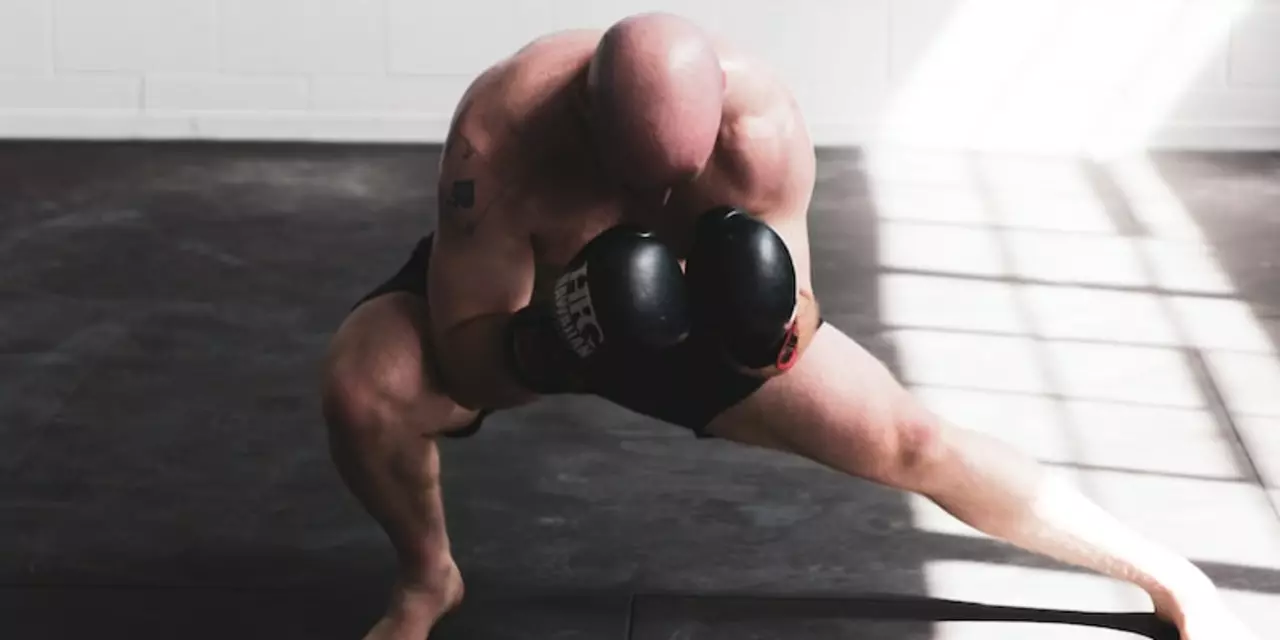Boxing Requirements: What Every Fighter Needs Before Stepping Into the Ring
If you’re thinking about lacing up gloves for the first time, the biggest mistake is assuming you can just show up and fight. There are a handful of basics that separate hobbyists from serious boxers, and they’re easier to get than you might think.
Gear You Can’t Skip
The first thing most beginners overlook is quality equipment. A good pair of hand wraps protects your knuckles and wrists, while proper gloves keep you from hurting yourself or your sparring partner. Look for 12‑16 oz gloves if you train at a gym; they’re heavy enough to build stamina but light enough to stay quick.
Next up is a mouthguard. Even a soft‑shell guard can prevent nasty cuts and broken teeth when you’re learning to take a punch. Finally, a pair of comfortable shoes with good ankle support helps you move fast and stay balanced during footwork drills.
Training Habits That Build Real Skill
Gear won’t turn you into a champ if you skip the fundamentals. Start with a solid warm‑up: jump rope for 5‑10 minutes, then do dynamic stretches to loosen shoulders and hips. After that, spend at least 30 minutes on bag work, focusing on straight punches before adding combos.
Don’t ignore defense. Slip, roll and block drills are just as important as throwing punches. A simple routine of shadowboxing for 3 rounds, then partner drills for 2 rounds, gives you the rhythm of a real bout without the pressure.
Consistency beats intensity. Hitting the gym three times a week and tracking your progress (time on the bag, number of combos completed) will push you farther than a single marathon session.
Nutrition and rest are part of the requirement list too. Fuel your body with protein, carbs and healthy fats, and aim for 7‑9 hours of sleep each night. Recovery isn’t optional; it’s how you keep the stamina you built in training.
Finally, set clear goals. Whether it’s earning an amateur license, winning a local tournament, or just improving your cardio, a target keeps you motivated and gives your training a purpose.
Following these requirements—right gear, disciplined training, proper nutrition and clear goals—gets you ready for the ring without unnecessary injuries or wasted time. So grab those wraps, hop on the rope, and start building the foundation every boxer needs.
How old do you need to be to become an Olympic boxer?
Boxing has been part of the Olympic Games since 1904, but the rules and regulations regarding age requirements have changed over time. Currently, the International Boxing Association (AIBA) has set the age limit for Olympic boxers at 18 years old. Boxers must be born on or after October 1st of the calendar year preceding the Olympics in order to qualify for the competition. However, boxers aged 17 may compete in the Youth Olympic Games if they have met the other qualifications. Furthermore, boxers aged 16 may compete in the AIBA World Championships. Therefore, there are several ways for aspiring boxers to take part in Olympic-level competitions before they turn 18.

 Entertainment
Entertainment